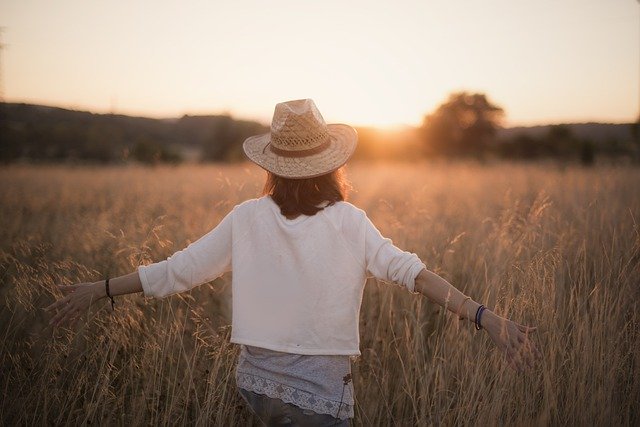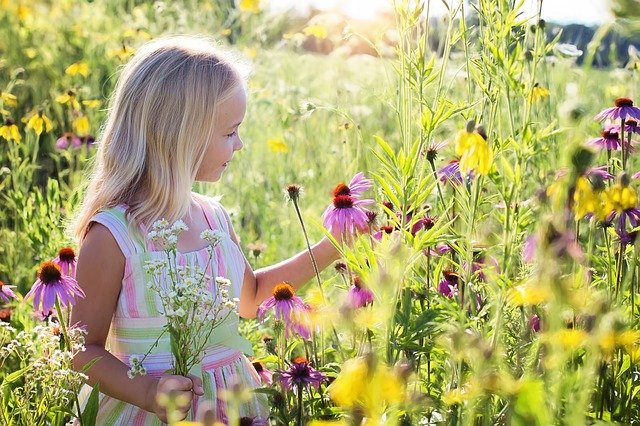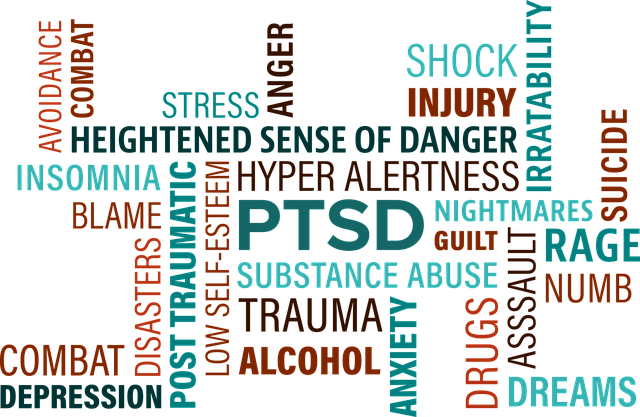Frank Ostaseski was recently interviewed during the 2020 Mindfulness & Compassion Global Summit by Rheanna Hoffmann on the topic, Grief and the Healing Power of Love and Compassion. With so many deaths worldwide from the Coronavirus (410,000 at the time of writing), the issue of grief and its manifestations becomes increasingly prevalent. Frank is the cofounder of the Zen Hospice Project (now called The Zen Caregiving Project) and founder of the Metta Institute designed to provide creative education in the art of “mindful and compassionate end-of-life care”.
Healthcare professionals may not have lost loved ones through the virus, but they can experience grief too with the loss of patients that they have been caring for – this is in addition to other stressors that challenge their resilience. In his interview responses, Frank explained the nature of grief and the power of compassion and love to heal people who have experienced profound grief.
The nature of grief
Frank who has supported more than 1,000 people in the process of dying maintains that grief is not a single point but a process – an evolving process of “loss, losing and loosening”. There is the initial shock of the loss that can result in physical collapse and total disorientation. Shock impacts people differentially – some people may experience numbness, there is no “one way”. Beyond the initial shock of the loss, is a process of “losing”, where in the midst of other things an overwhelming sense of loss returns accompanied by strong emotional and physical symptoms. “Losing” can persist for many years and eventually become an intermittent event. In the meantime, the process of “loosening” commences with progressive release of the hold that grief has over a person.
People grieve in different ways – some withdraw and have a strong desire to be alone with their grief, others experience tears and crying uncontrollably, while still others may take out their grief by aggression and violence (such as is occurring in the riots in America in relation to the Black Lives Matter movement). Grief and our response may be aggravated in challenging times such as the pandemic where everyone is experiencing a form of “emotional inflammation”.
Frank maintains that grief has many faces, e.g. anger, rage, sadness, depression, fear and even regret. He also suggests that grief results not just from the sense of loss of a loved one but also from the associated lost opportunities – a young life cut off in their prime, a missed opportunity to reconcile with a loved one, a lost chance to say goodbye or to be physically present with someone as they were dying. For people exposed to dying and death as a result of the Coronavirus, there can be a collective grief brought on by the lost opportunity to save lives, as well as the lost opportunity of the lives lost.
Healing grief through love and compassion
The starting point for being able to show compassion towards the people experiencing grief is having an understanding of the nature of grief and its many forms of expression. It is important not to add to the stress of people who are grieving by communicating expectations of how their grief should be expressed. Grieving is a very personal process and requires compassionate attending and listening, not the projection of personal preference.
Pema Chödrön discusses ”compassionate abiding” in our own grief and suffering as the pathway to expressing compassion for others. Frank suggests that we need to “metabolize” our own fear and suffering by facing it fully, experiencing it in our body, mind and heart and converting it to compassion for others. He maintains that when we can explore our own experience through self-observation and self-inquiry we can “build an empathetic bridge to other people’s experience”. Otherwise we can be working out of our own distress and needs rather than the needs of others who are grieving. Without this level of self-intimacy we can appear dishonest or disingenuous to others we are trying to help in their grief.
Frank explained that he has difficulty expressing self-compassion but has developed a number of processes that enable him to express compassion for others. Each night before going to sleep, he focuses on the suffering of others – those who might be suffering through loneliness, those experiencing grief or those who are caring for others who are dying. Through this process he feels love and warmth towards others and the emergence of his “innate compassion” that is broad and deep enough to absorb or dissolve his own experience of suffering. In the morning, with his hand on his heart, he asks himself, “What would love have me do today?”
Reflection
Self-intimacy is a key to genuine compassion towards others who are grieving. Compassion and love help to heal grief because they involve abiding fully with someone who is experiencing grief, not trying to fix them. Our very presence, uncontaminated by unrealistic expectations of the other person, can be a source of healing just as “listening generously” can be. As we grow in mindfulness, we can develop self-intimacy, calmness and peace and be better able to be present to and compassionate towards others.
_______________________________
Image by Gordon Johnson from Pixabay
By Ron Passfield – Copyright (Creative Commons license, Attribution–Non Commercial–No Derivatives)
Disclosure: If you purchase a product through this site, I may earn a commission which will help to pay for the site, the associated Meetup group and the resources to support the blog.









